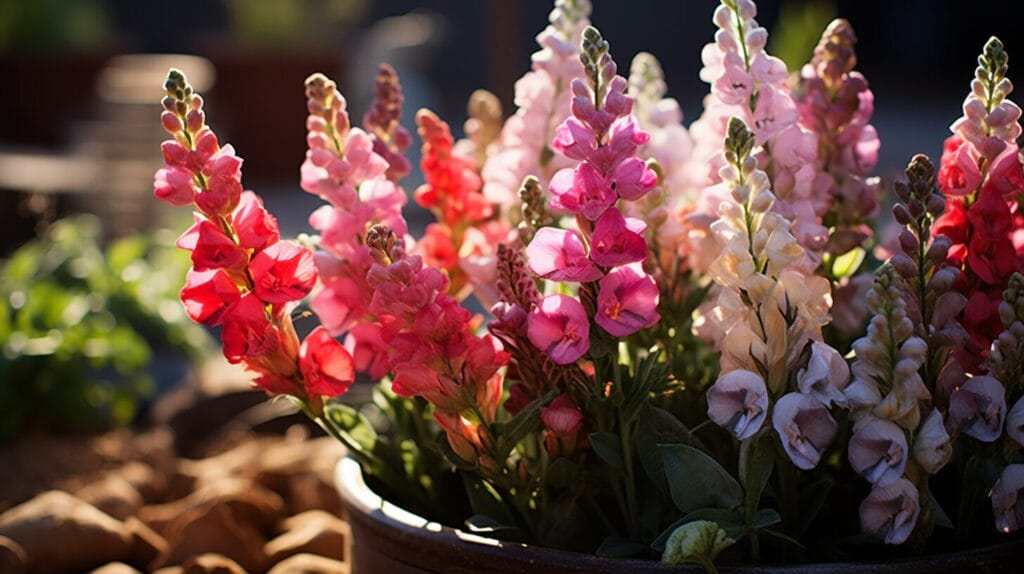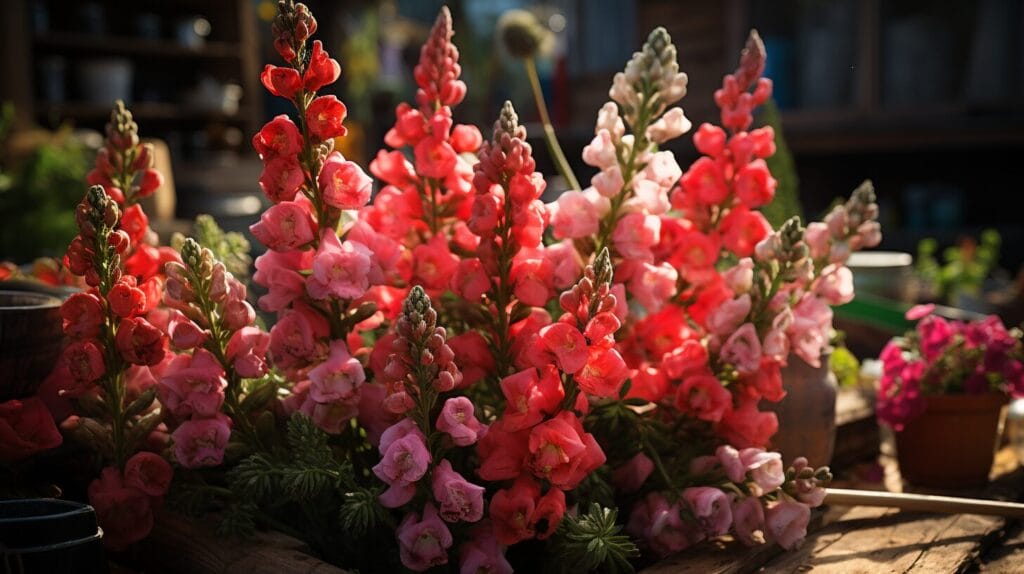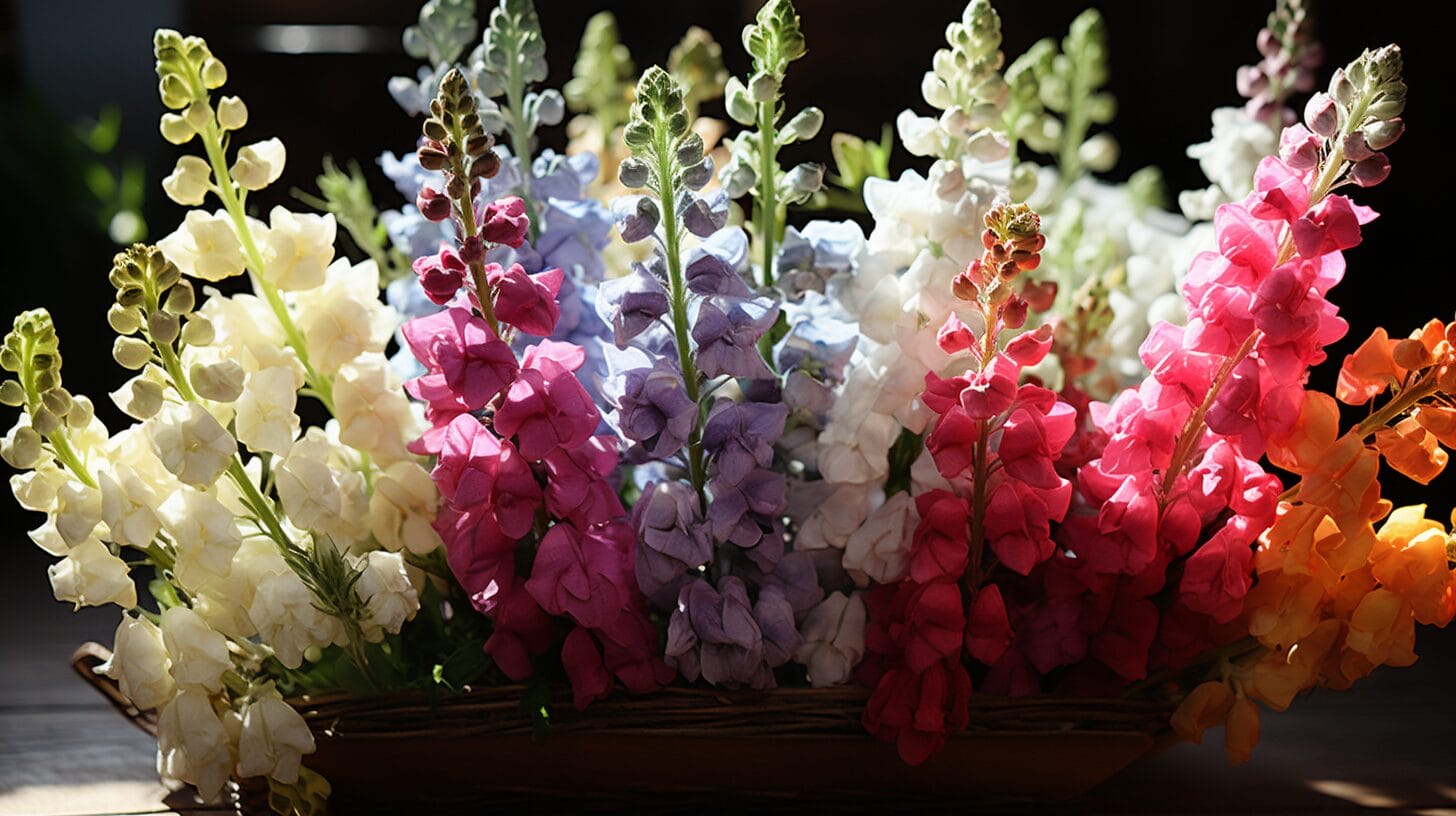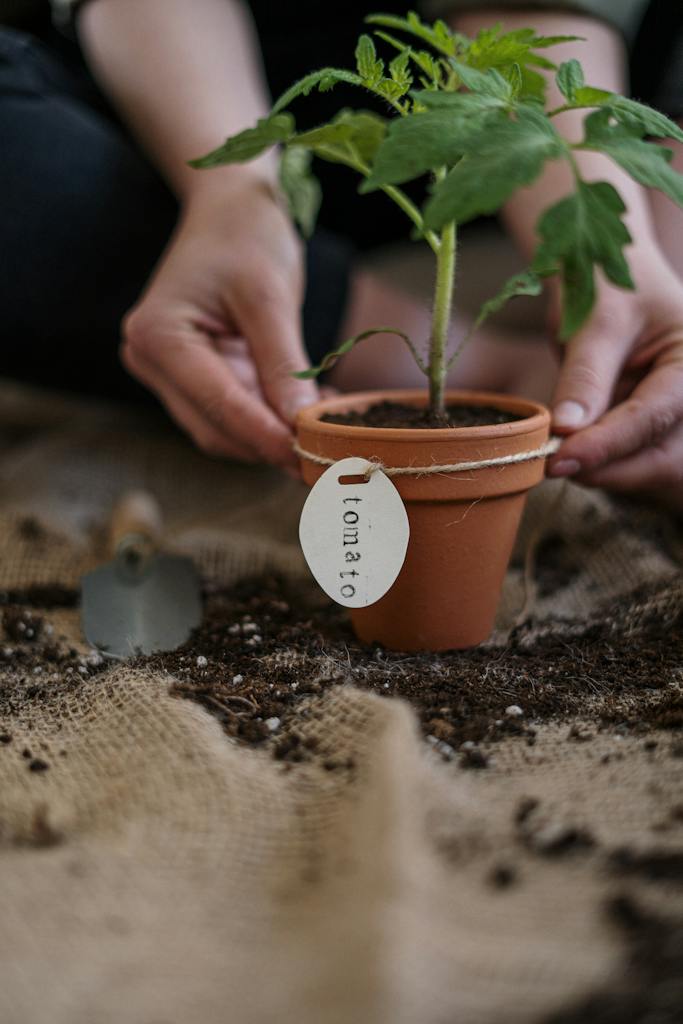Are Snapdragons Cut And Come Again?: Mastering Snapdragon Cultivation in 2024
In your garden, Snapdragons bloom into an intense surge of color, providing both visual delight and a challenge to your gardening skills. Are snapdragons, renowned for their cut and come again nature, blossoming robustly, enhancing the garden’s beauty repeatedly throughout the season?
Embark on a journey through snapdragon cultivation, where patience and precision pave the way to a flourishing garden. By understanding the secrets within their genetics and the subtleties of their care, you’ll unlock a cycle of regeneration that redefines these classic garden staples.
Let’s explore how to transform your Snapdragon patch into a renewable source of joy and color.
Key Takeaways
- Snapdragons feature two primary blooming seasons: spring and fall.
- Regular removal of spent flowers encourages further blooming.
- Cutting back snapdragons after the initial bloom promotes a second display.
- Deadheading extends the blooming period.
Understanding Snapdragons: An Introduction for Beginner Gardeners

Snapdragons, scientifically known as Antirrhinum majus, add a vibrant touch to any flower garden. Easy to grow from seed, they offer a rewarding experience for beginner gardeners.
Varieties range from dwarf forms, perfect for borders and containers, to tall types that create a dramatic backdrop.
Each brings its unique flair, with blooms that can be single or double in nearly every color.
Snapdragons prefer cooler temperatures and can tolerate light frosts, ideal for early spring planting. With proper spacing for air circulation and regular deadheading, these flowers can thrive and potentially offer multiple blooming cycles.
Planting Essentials: How to Grow Snapdragons from Seed

Growing snapdragons from seed requires selecting quality seeds suited to your environment. Start seeds indoors 8-10 weeks before the last frost, pressing them gently into well-draining soil without covering them.
Maintain soil moisture and provide a steady temperature of 65-75°F (18-24°C) to encourage germination within 10-21 days. Once seedlings develop several true leaves, transplant them, ensuring adequate space for growth.
Quick Reference Table
| Key Step | Details |
|---|---|
| Sowing Time | 8-10 weeks before the last frost |
| Germination Requirement | Light needed; don’t cover seeds |
| Transplanting | After several true leaves develop |
With attention to detail and patience, you’ll watch your snapdragons grow into vibrant flowers, potentially offering a ‘cut-and-come-again’ experience for continuous beauty.
Caring for Snapdragons: Your Comprehensive Guide

After planting, focus on the care of your snapdragons. Proper care involves:
- Regular watering to keep the soil moist but not waterlogged.Full sun to partial shade; snapdragons need light but appreciate a break from intense heat.Well-draining soil enriched with organic matter.
Pinch young snapdragons to encourage bushier growth. Watch for pests or diseases, remove affected parts promptly, and apply treatments to prevent spread.
Snapdragon Blooming Seasons: Maximizing Flower Production

To maximize flower production, understand the blooming cycle. Snapdragons bloom in spring and fall when the weather is cool enough for them to flourish.
Adopt the ‘cut and come again’ method by removing spent flowers to prevent seeding and encourage new blooms. Cut back plants by one-third to one-half after the initial bloom to promote a second flowering. For fall blooms, perform another round of cuts in late summer.
The Art of Snapdragon Cut Flower Gardening

Snapdragons are a cut flower gardener’s delight, offering long-lasting and elegant blooms. Start seeds indoors before the last frost using well-draining soil. Once established, pinch back the central stem and fertilize to support robust blooms. Keep an eye out for pests and diseases.
Harvest when the lower flowers begin to open, cutting stems in the early morning and placing them in water immediately.
Conclusion
Master snapdragon cultivation in your garden by planting the right seeds, providing diligent care, and timing your cuts correctly. Embrace the season’s rhythm and enjoy the bounty of colorful, cut-and-come-again snapdragons.
Prepare for your garden to transform into a vibrant tapestry that captivates and ignites your passion for gardening with each returning bloom
.Happy gardening!
Can Snapdragons Be Harvested Multiple Times?
Yes, snapdragons can be harvested multiple times. They have taproots, unlike beans and taproots vs fibrous roots, which allow them to be cut back and regrow quickly. This makes them a great choice for continuous harvesting throughout the growing season.
Frequently Asked Questions
Do Snapdragons Cut and Come Again?
Yes, proper deadheading and care throughout the season encourage snapdragons to produce multiple blooms after cutting.
Does Snapdragon Come Back?
Snapdragons can come back, especially in warm climates where they are perennials. Deadheading encourages reblooming.
Are Snapdragons cut and come again kind of plants and should they be cut?
After their first bloom, cut back snapdragons to encourage a second flowering. Regular deadheading is also beneficial.
How Do You Keep Snapdragons Blooming All Summer?
Deadhead spent flowers regularly and provided adequate water and fertilizer. Planting different varieties ensures continuous blooms.







